Licensing Contributor Wener Lerooy is a photographer based in Brussels, Belgium. Werner’s portfolio captures cityscapes, architecture, landscapes, beauty, and lifestyle content. Werner’s work has been featured and published internationally and was the recipient of the CEWE Photo Awards 2018.
Q: Tell us a bit about yourself and what first got you interested in photography?
A: In daily life I teach informatics and project management to associate degrees. I graduated with a Master’s in Engineering Management, and I always had a remarkable interest in both technical and creative things. Photography as well as classical music have been creative outlets for me for many years.
I started to shoot with point and shoot cameras while traveling through Europe in around 2003. It taught me to frame correctly and look upon things in a different way. In 2016, when I bought my first DSLR and took some photography classes, the creative process accelerated and brought me to the level I’m now. Next year, I‘ll graduate from the Academy of Visual Arts of Anderlecht with a series of cityscapes called ‘Brussels Twilight’.
Q: What is your experience and perspective on the photography and arts culture of Brussels?
A: Brussels has a lot to offer for lovers of diverse cultures and photography. The city has a lot of cultural heritage with medieval, baroque, renaissance, art deco, and art nouveau buildings. The contrast between the most contemporary buildings and older ones; between chic trendy places and abandoned districts; between rich and deprived neighborhoods can be both shocking and inspiring.
Shooting in Brussels will never bore you, although you won’t always feel welcome at first. Beginners should start in the city center and search for the beauty of the squares—the facades and the art nouveau interiors.
Q: You shoot several different genres of photography—minimalist, architecture, landscapes, lifestyle content. What is your favorite genre to work within and why?
A: Architecture is always available, inspiring, and changes constantly. Not only buildings change, but so do the people and the environmental conditions around them. I feel a city square, with the traffic and people passing by, can always provide a lot of inspiration. While waiting for that perfect blend of city lights and the sunset, I’ll mostly shoot some street lifestyles and abstract shots.
Q: What would you consider one of the most challenging aspects of being a photographer today?
A: The smartphone—that little device produces an overload of (mostly mediocre) images which make their way to printed and online media. On the other hand, I see no reason to jump into that. I carefully choose my gear, lighting, and places to shoot. Afterwards, a strict selection and detailed post processing are mandatory to get the very best out of my shots. It takes more time but at least you have decent content in the end.
Q: What was it that first inspired you to start submitting your photos to Licensing on 500px?
A: The idea of selling pictures worldwide gave me goosebumps—not only are your pictures sold, highlighting how much a client appreciates your photo, they also will get published. It is funny to accidentally bump into your own pictures on display. For example, a few years ago I got a booklet with a picture of my wife on the cover in our letterbox. Other times, I’ve found my photos in the newspapers, or on book covers in the shop. These moments are the reward of all the hard work.
Q: As a photographer with a diverse and inclusive portfolio, featuring models of different backgrounds and abilities; how do you feel about the current level of inclusion, representation, and diversity within the commercial photography industry?
A: Growing up, I was privileged to be able to have an incredible and cheerful sister with Down Syndrome. Instead of looking at her disabilities, we always look at the great smiles she offers us, the gratefulness for those little things in life ‘normal’ people take for granted. She can cheer you up with her pure enthusiasm, just because of a little sunray on her face while doing her first bike trip of the year.
Society has evolved in a positive way by making it easier for those people to meld into our daily life. What we see regularly, within everyday life, will always be looked at as ‘normal’ and generally will be included and accepted. As for commercial photography, steps have been taken to show off a more representative mix of our society. I am sure that commercial photography will continue to evolve and follow this social development more and more.
Q: What inspires or motivates you to get out and shoot this kind of inclusive content?
A: I never saw my disabled sister as outside the norm; she was always there in our family and participated in our lives as much as anyone else. Being mentally challenged, my sister has a pure form of communicating with mainly facial expressions and body language. The emotions are pure, unfiltered, and more visual instead of verbal, making her a great model for authentic portraits. On the other hand, I hope to do my part to make it easier for others to accept people who look different or have disabilities. By giving the disabled a (cheerful) face, people will see the genuine and pure person behind the handicap. They truly have a lot to offer!
Q: What are three qualities you consider essential for a great shoot?
A: My three essentials would have to be composition, light, and technical skills. With a good eye you should find the right composition and light. Mastering light and composition with decent technical skills will, in the end, make your photo look sharp, correctly exposed, and reworked in post when needed. And, it goes without saying, that a lot of practice, patience, good gear, and persistent talent are the essential ingredients to get these three qualities in one shot.
Q: A number of your Licensing photos capture the minimalist pattern and designs of architecture. Why do you feel those kinds of images make for such popular commercial photos?
A: Whereas recognizable buildings mostly sell in and around their geographical area; abstract photos can sell virtually everywhere. They have a universal quality, disconnected from their original location. I like to shoot them anyway, even if they won’t sell; I’m always captivated by the geometric patterns, lines, colors, and perspective play.
Q: Looking back at your work, what is one way in which you see your skills have improved over the years, and how would you like them to improve in the future?
A: When taking photos today, I definitely pay more attention to details in the borders of a picture. I consider “what is the extra value of that little object or shape?” or “do I really need to show this?” This leads me to frame and crop more carefully. For example, for cityscapes, I will remove or slightly alter small distracting details in post production.
At the Academy of Anderlecht, I work increasingly on the concept of capturing consistent series, whereas before I saw pictures usually as individual pieces, ignoring the added value of the sum of all separate elements. The challenge for me is not to slow down the creative process by shooting great photos that won’t fit in the series you are working on.
Not on 500px yet? Click here to learn about Licensing with 500px.

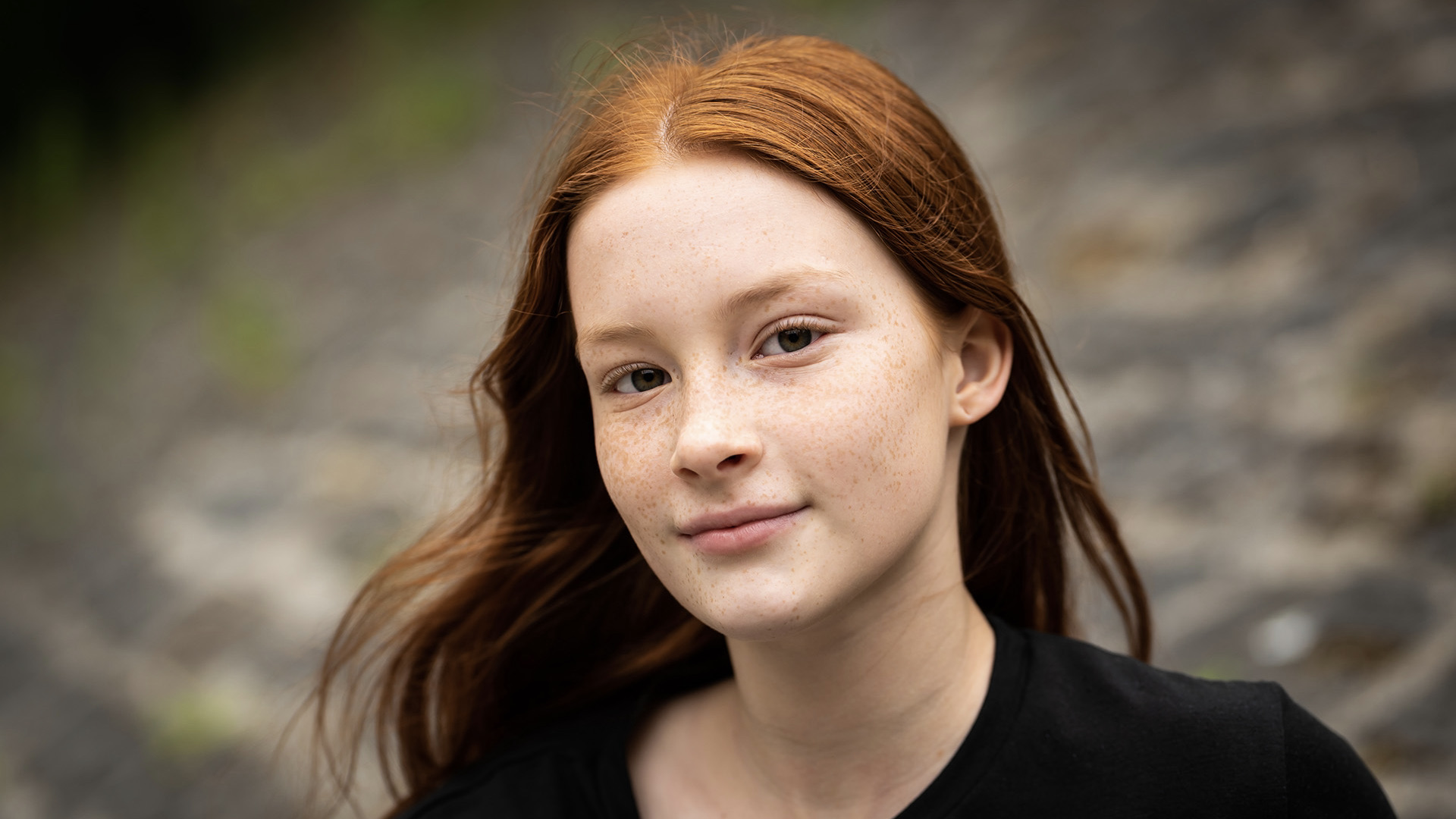
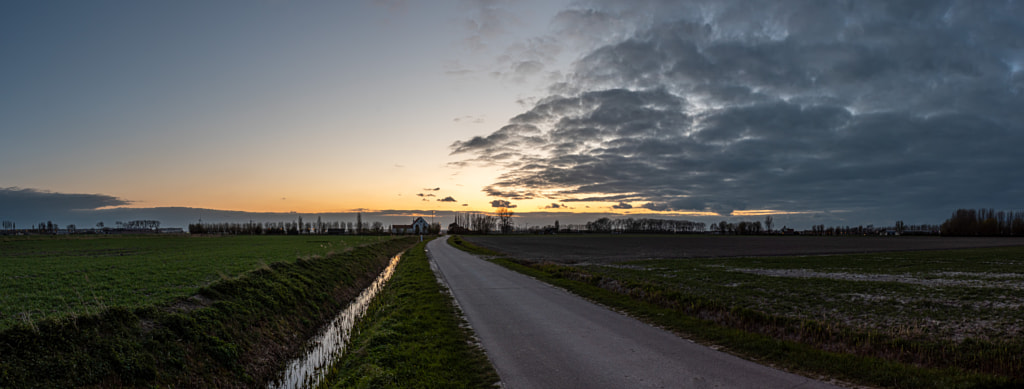
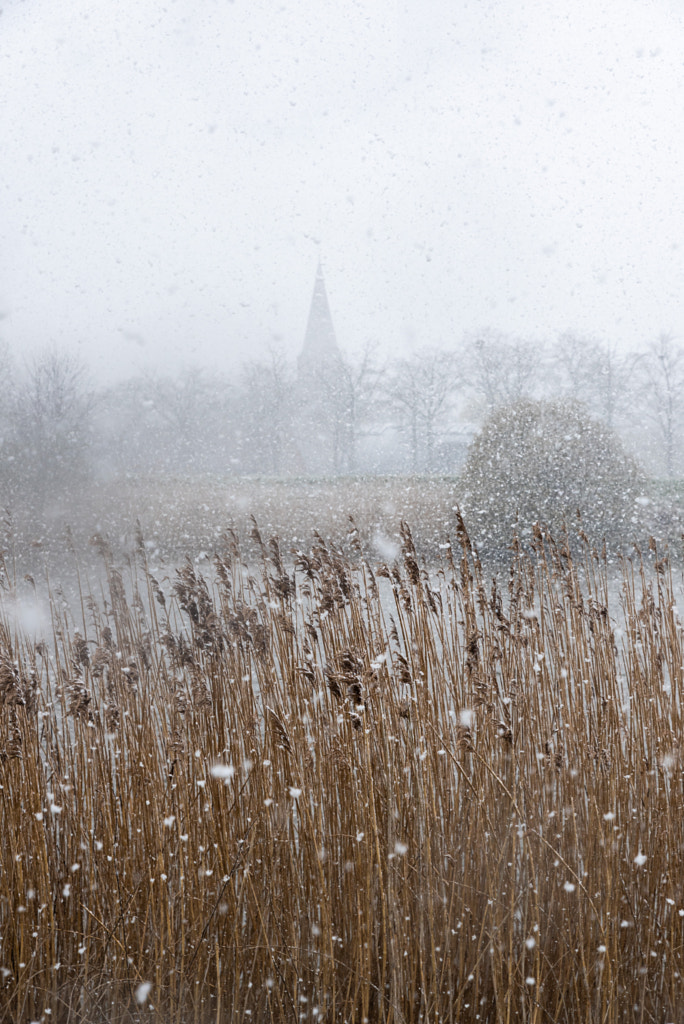

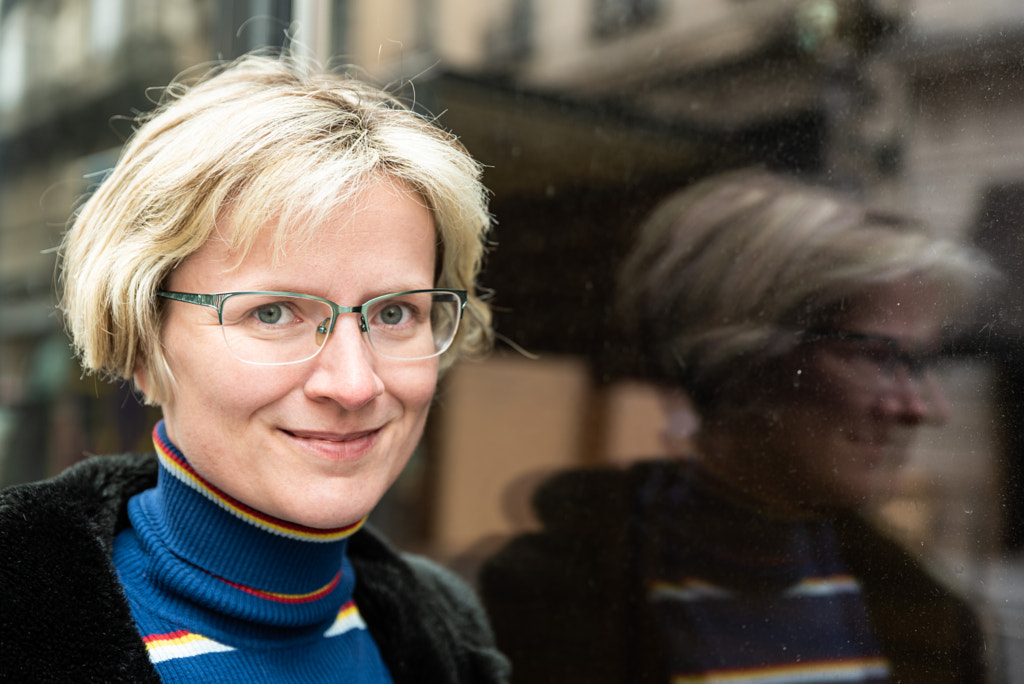
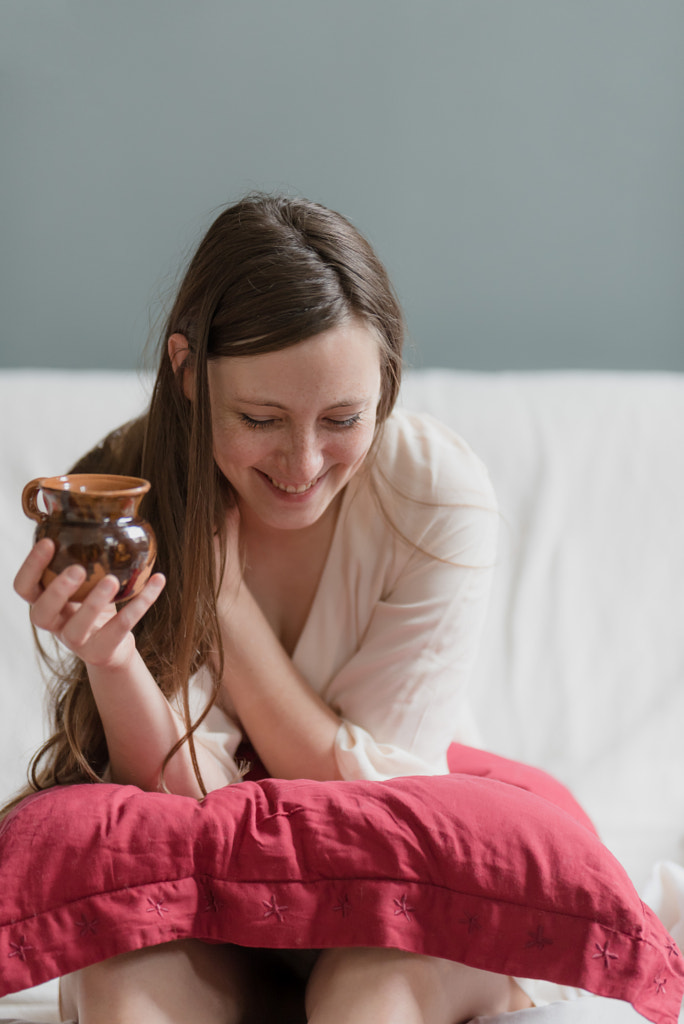
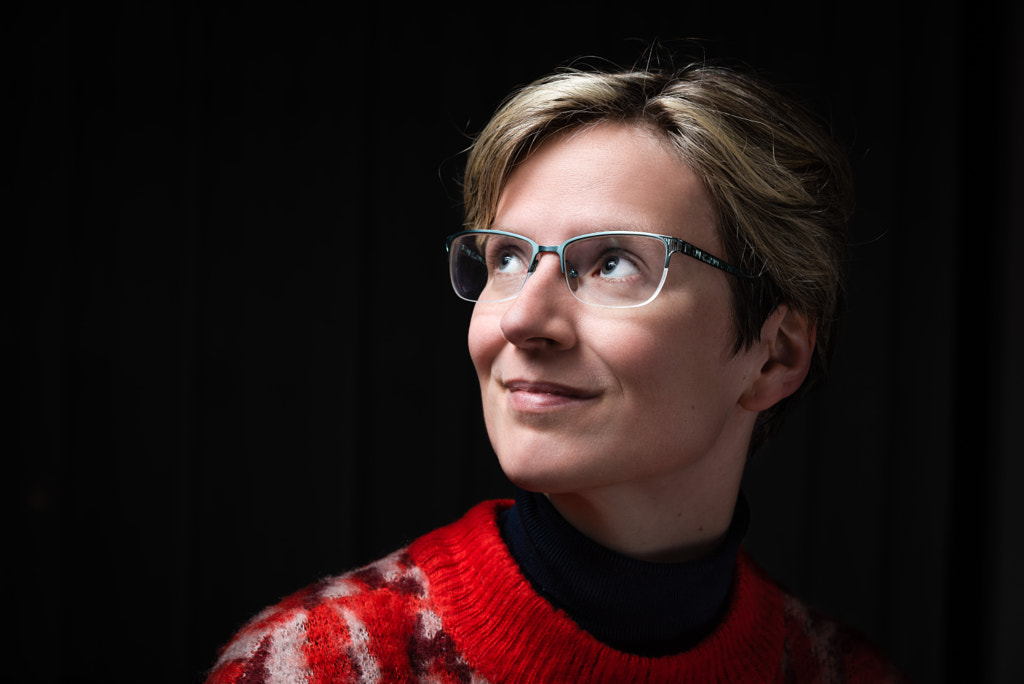
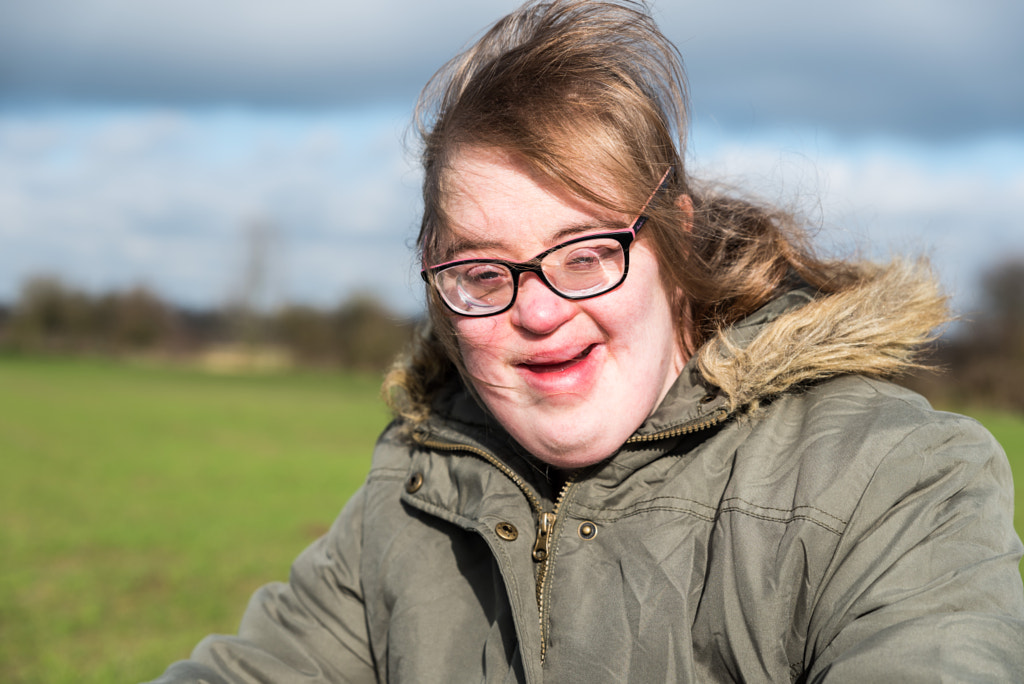


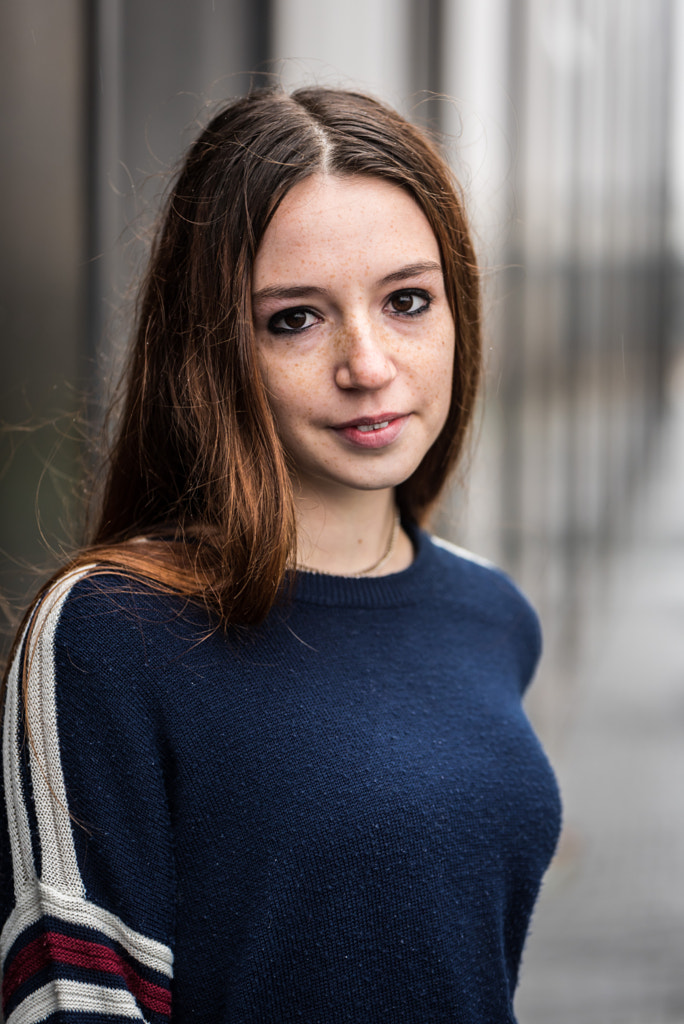
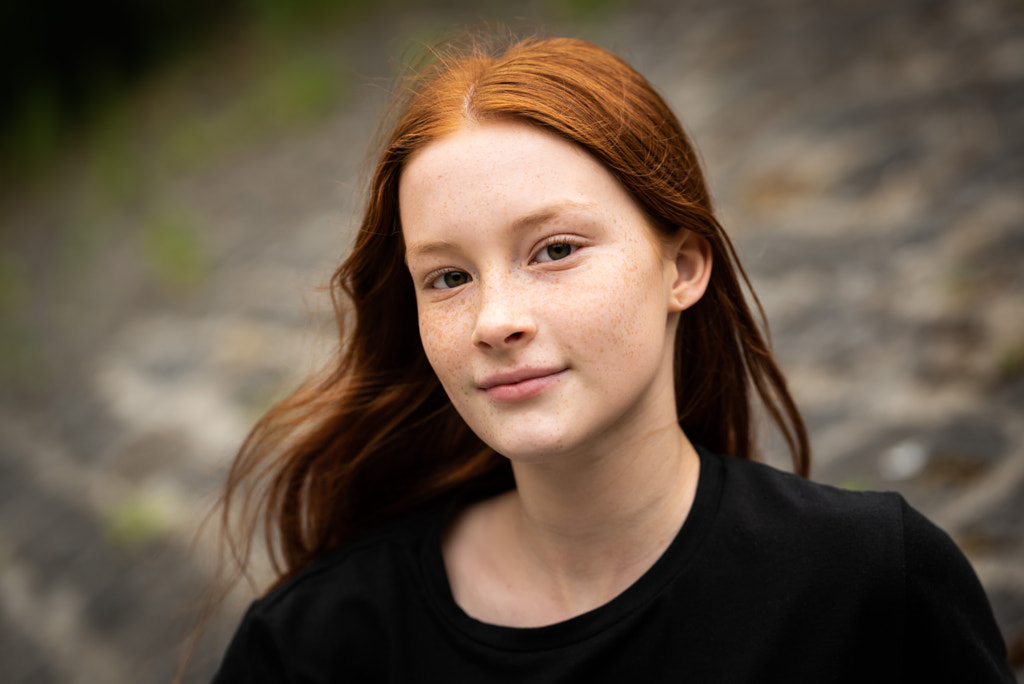
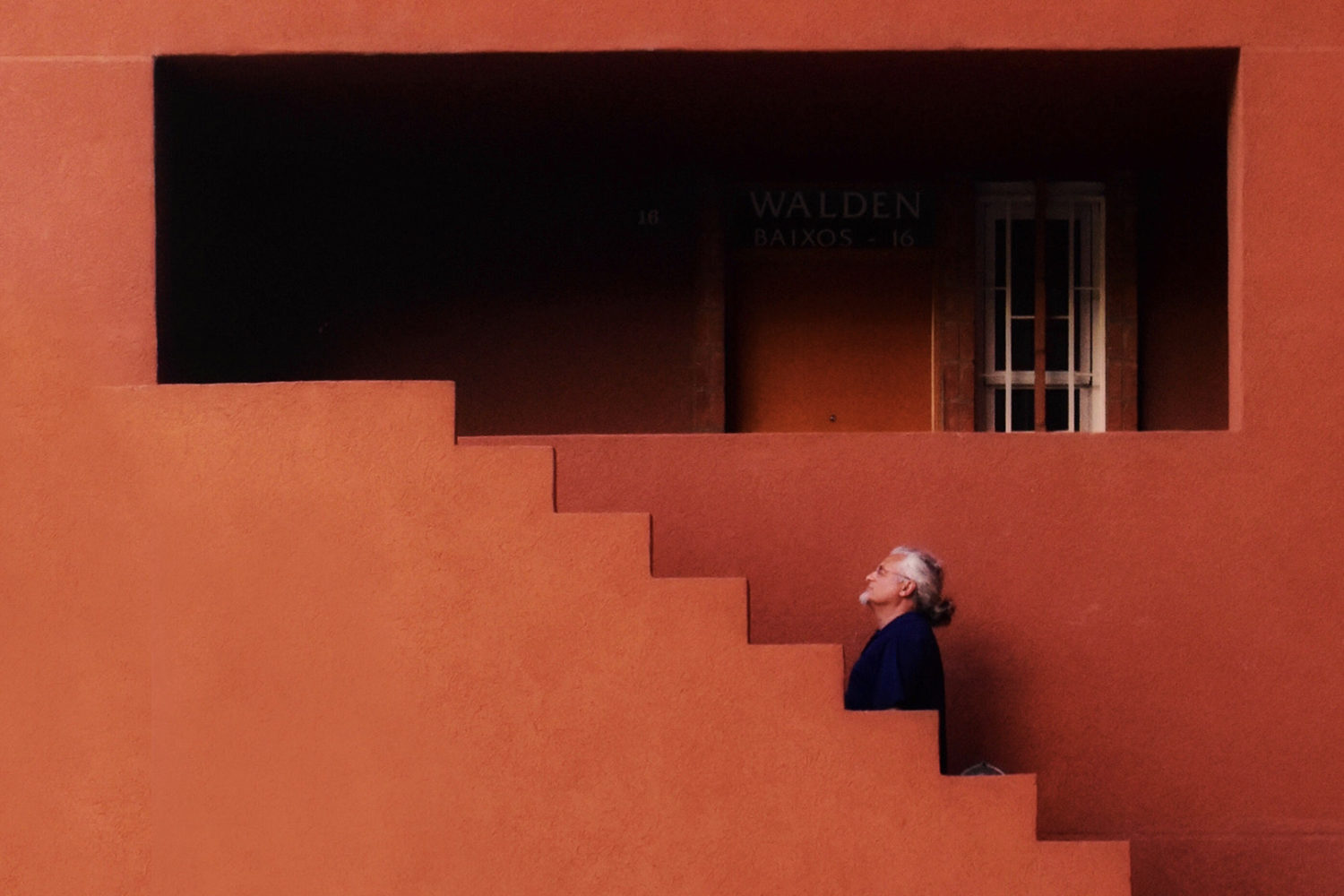
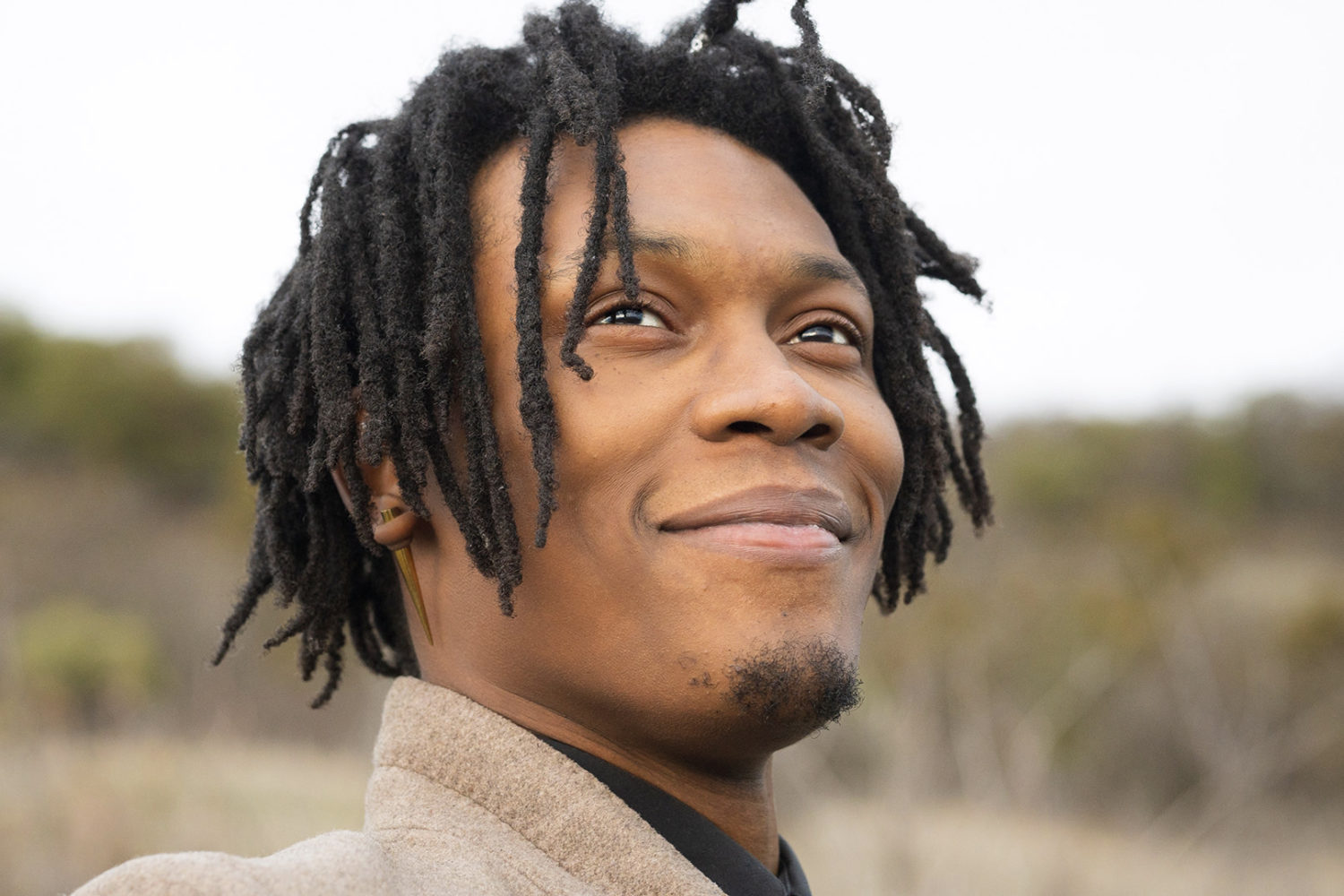
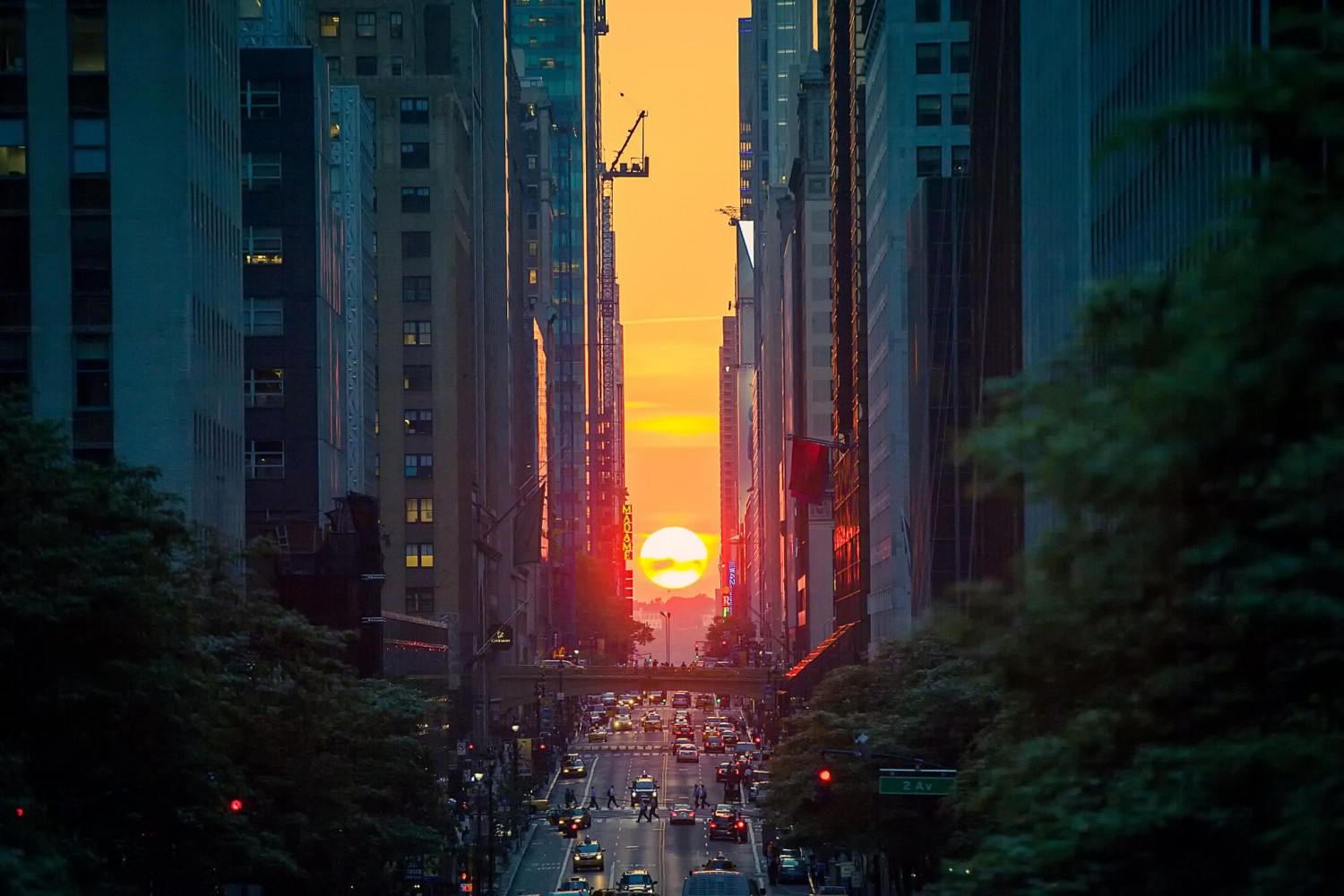


Leave a reply